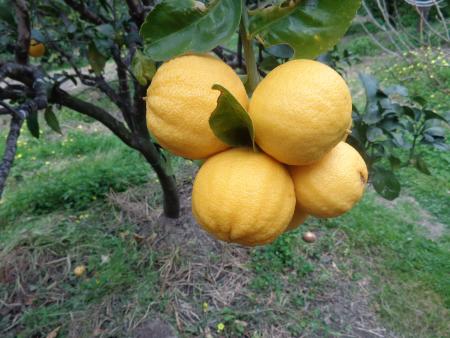
Area characterisation:
Bergamot is a highly specific species of citrus cultivation, diffused mainly in the Reggio Calabria Province, in the most coastal part of the area. The ecological context is extremely fragile, devastated by the disordered urbanization and hydro-geological erosion of land, both in the more internal areas and in the coastal area. In this context the bergamot cultivation is a way to maintain environmental and social benefits such as landscape (bergamot is part of the image and identity of the area), biodiversity and rural vitality. The relations between the bergamot cultivation, the economic profitability and the conservation of landscape and biodiversity are direct. This means that the decline of the bergamot surface directly affects losses of biodiversity and landscape character and cultural heritage.
Objective:
34 case studies were planned by the H2020 PEGASUS project in different farming and forest systems and along the supply chain in 10 EU countries, to:
- examine the issues faced in ensuring effective provision of public goods/ecosystem services from farming & forest activities; and
- find solutions to enable the economic social and environmental sustainability of the EU’s farmed & forest areas.
Financing:
No information
Potential impacts/benefits:
The provision of environmental and social benefits in this area is linked to: a) the permanence of the bergamot cultivation and consequently the evolution of the bergamot surface over time; b) the profitability of growing bergamot for the primary producers, in a value chain characterised by oligopolistic demand of essential oil. Since the 1990s onwards, new equilibria were introduced by some actors with innovative orientations, trying to set up direct relations with bergamot oil industries. They showed that something different from the past rentseeking behaviour could be done. And this paved the way to an institutional change at the local level: the creation of two producers’ consortia (Bioassoberg and Unionberg). These institutional changes caused relevant improvements in small farms’ incomes. Moreover, increasing consumer preferences towards biodiversity and landscape, due to the preference towards more sustainable modes of touristic recreation, and new applications of the bergamot oil and juice in pharmaceutical preparations and food products were all economic and social external factors that contributed to change previous equilibria in the action arena.
Actions:
Over 90% of the global bergamot production comes from Italian Calabria. This case study focuses on the organisation of the production and supply chain of bergamot, and the more recent establishment of a consortium of organic producers. Few Calabrian farmers live from the bergamot production, but it provides very welcomed additional revenues.
Transferability of result:
- The organic producers’ consortium does not wish to grow too fast as it considers itself to be an optimal size to make quick decisions, and to exert control and advise on organic practices with its members. While this limits the system’s potential environmental and social benefits to Calabria, this is also probably a factor in its success.
- This approach was, in this case, particularly appropriate in order to overcome "oligopoly" barriers created by the small number of wholesalers and the many small and medium-sized producers.
There is a need for a more targeted promotion of the characteristics and properties of the bergamot essential oil vis-a-vis potential substitutes. Bergamot producers could benefit from promotional activities to develop the consumption of bergamot juices and other products as is happening in large cities, e.g. Rome, Milan, etc. Another very limiting factor is the oligopolistic nature of the supply chain, dominated by very few exporters.
Lessons learnt:
In the most recent decade the impact of the bergamot farming on the provision of environmental and social benefits can be resumed as follows:
- New investment in additional bergamot plantations;
- Reconversion of old varieties/species and abandoned land with new and more profitable plantations;
- Introduction of more sustainable farm practices (organic production) inthe bergamot cultivation;
- Positive image of bergamot in the international markets and appreciation by consumers via better prices and via new applications of the bergamot derivatives in pharmaceutical preparation for diverse uses
- In connection with other factors of biodiversity and cultural heritage, strengthened local attractiveness for naturalistic/green tourism.
Organisations:
Public Research Agency on Agriculture and Agricultural Economics (CRA-INEA), Horizon 2020 PEGASUS project